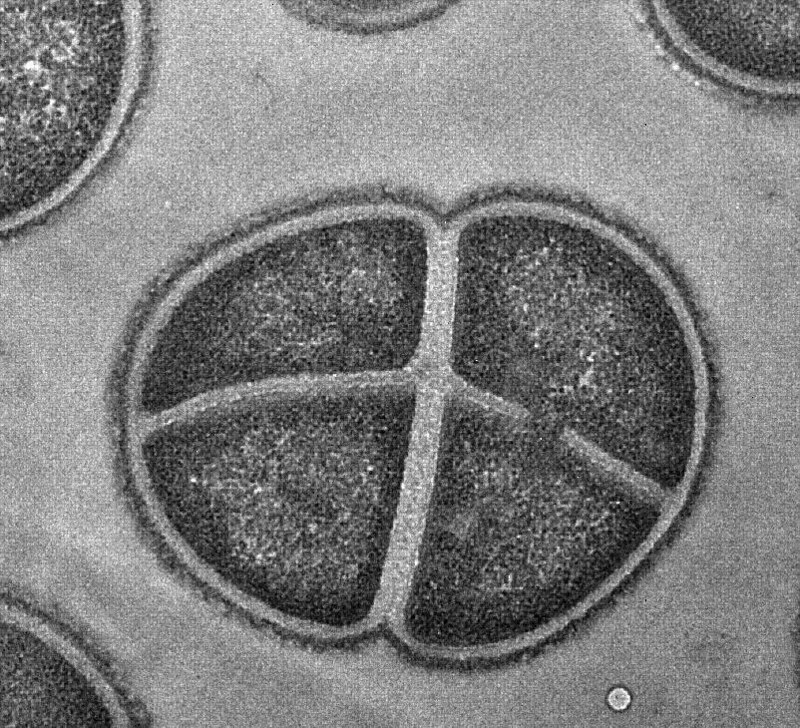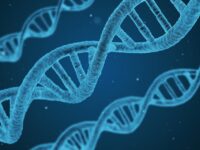As the search for living entities in outer space continues, a team of researchers found that some bacteria may have the ability to survive amidst the harsh environment.
Outer space is notorious for its inability to support living organisms. Extreme temperatures and low pressures prevent organisms from surviving. Additionally, ultraviolet (UV) radiation from the sun has the potential to dissolve cell membranes and the DNA encapsulated within them. As the search for living entities in outer space continues, a team of researchers found that some bacteria may have the ability to survive amidst this harsh environment. The hypothesis is called “panspermia,” and it claims that bacteria can survive in space and migrate between planets. To test this hypothesis, astrobiologist Dr. Akihiko Yamagishi and his team used a robust bacterium called Deinococcus, which can survive in extreme conditions such as the cold, strong acidity, and high radiation. This makes it an ideal candidate to test the ability of bacteria to survive in space.
Yamagashi believes that radioresistant Deinococcus could survive travel on the shortest orbit from Earth to Mars.
Three samples of Deinococcus of different thicknesses were placed in small wells in metal plates. These include three cell pellet thicknesses: 100 micrometers, 500-1,000 micrometers, and 1,000 micrometers. Additionally, three treatment conditions for the bacteria were prepared: a control kept on Earth, a sample inside the International Space Station (ISS), and one outside the ISS. The bacteria were monitored for three years, and were brought to Earth every year for analysis. The results demonstrated that all the samples with pellets of 100 micrometer thickness were burned due to high exposure to UV radiation. In both the control and the samples outside the ISS with cell pellets of 500-1,000 micrometer thickness, bacteria on the surface of the aggregate died. However, these dead bacteria created a layer of protection that allowed bacteria inside the aggregate to stay alive. The bacteria with the 1,000 micrometer thickness had the highest survival rate. Based on the survival data in the sample with the 1,000 micrometer thickness, scientists predicted that cell pellets with this thickness could survive up to eight years in outer space. Yamagashi believes that Deinococcus could survive travel on the shortest orbit from Earth to Mars. This study presents a breakthrough in the field, and with these recent findings, a new term has been coined called “massapanspermia,” or the phenomenon that bacterial colonies can survive in aggregates in space. This brings scientists one step closer to the possibility of interplanetary forms of life, but more studies are required to help answer the many questions that still remain.
Source: 1
Image Source: Flickr






